Introduction
The Broiler Cage System is an innovative poultry farming technology designed to enhance the efficiency, management, and welfare of broiler chickens. Unlike traditional floor systems, the cage system houses broilers in stacked cages with controlled environments, optimizing space utilization and improving biosecurity. This system is widely adopted in commercial broiler production worldwide due to its ability to deliver higher stocking densities, better flock health, and simplified management.
Broiler cage systems consist of multi-tiered cages equipped with automatic feeding, watering, ventilation, and manure removal mechanisms. This technology reduces labor input, feed wastage, and disease risks, ultimately boosting broiler growth rates and farm profitability. Additionally, the cage system facilitates better environmental control and monitoring, creating ideal conditions for rapid broiler development.
As the demand for poultry meat continues to grow globally, efficient production methods like the broiler cage system are becoming increasingly vital for sustainable poultry farming. This article explores the detailed parameters, features, advantages, applications, and maintenance instructions for the broiler cage system to help farmers understand and implement this technology effectively.
Technical Parameters
System Type | Broiler Cage System |
Cage Material | Galvanized steel, stainless steel |
Cage Dimensions | Length: 1.2 – 1.5 m; Width: 0.6 – 0.7 m; Height: 0.4 – 0.5 m per cage |
Number of Tiers | 2 to 5 tiers (customizable) |
Stocking Density | 8 – 12 birds per cage |
Feeding System | Automatic chain or trough feeders |
Drinking System | Nipple drinkers or bell drinkers |
Manure Removal | Automatic manure belt or scraper system |
Ventilation | Tunnel or cross ventilation systems |
Lighting | LED lights with dimming capability |
Power Supply | 220V/380V, 50Hz |
Control System | Manual or automatic control panels |
Suitable Poultry | Broiler chickens |
Features of Broiler Cage System
1. Space Optimization
The multi-tier cage design maximizes vertical space usage, allowing more birds per square meter without overcrowding, thereby increasing production capacity.
2. Improved Biosecurity
Caging birds separately reduces contact with manure and litter, minimizing exposure to pathogens and lowering disease transmission.
3. Automated Feeding and Drinking
Integrated automatic feeding chains and nipple drinkers ensure consistent feed and water supply, reducing labor and waste.
4. Efficient Manure Management
Manure belts or scraper systems collect droppings regularly, keeping cages clean and reducing ammonia buildup.
5. Enhanced Environmental Control
Tunnel ventilation and LED lighting create optimal airflow and light cycles, promoting bird health and growth.
6. Durability and Corrosion Resistance
Cages are constructed from galvanized or stainless steel, ensuring resistance to corrosion and long-term durability in humid poultry house environments.
7. Easy Installation and Maintenance
Modular design facilitates quick assembly, and components are accessible for cleaning, repair, or replacement.
8. Scalable Design
The system can be configured for small farms or large commercial operations with multiple rows and tiers.
Advantages of Broiler Cage System
1. Higher Production Efficiency
Better space utilization and controlled environment lead to faster growth rates and higher meat yield.
2. Reduced Labor Costs
Automation reduces the need for manual feeding, watering, and cleaning, lowering labor expenses.
3. Improved Flock Health
Minimized disease risks due to cleaner environments and less contact with manure improve overall flock health.
4. Better Feed Conversion
Consistent feeding and reduced waste result in more efficient feed conversion ratios (FCR).
5. Environmental Benefits
Efficient manure removal and ventilation reduce ammonia emissions and improve air quality.
6. Simplified Management
Monitoring and managing broiler health, feed, and water supply is easier with integrated control systems.
7. Reduced Mortality Rates
Cleaner conditions and controlled environment decrease mortality caused by infections and environmental stress.
8. Economic Viability
Higher production rates and lower operational costs enhance farm profitability.
Application Scenarios
1. Commercial Broiler Farms
Ideal for large-scale broiler meat production requiring high density and efficient management.
2. Contract Farming Operations
Suitable for contract farmers supplying broilers to integrators needing consistent quality and volume.
3. Climate-Controlled Poultry Houses
Works well in climate-controlled buildings ensuring optimal temperature and humidity year-round.
4. Regions with Limited Land
Maximizes production in areas where land availability is limited by vertical stacking.
5. Biosecure Zones
Perfect for farms aiming to minimize disease exposure through strict biosecurity measures.
Usage Instructions
1. Installation
Assemble cages according to manufacturer specifications, ensuring stability and correct tier spacing.
Install feeding and drinking systems, verifying proper alignment and flow.
Set up manure belts or scrapers under cages for waste collection.
Connect ventilation fans and lighting systems.
Ensure electrical systems comply with safety standards.
2. Operation
Introduce day-old broiler chicks into cages, maintaining recommended stocking density.
Monitor feed and water supply, adjusting automatic feeders and drinkers as necessary.
Observe environmental conditions such as temperature, humidity, and airflow regularly.
Maintain lighting schedules to optimize growth and behavior.
3. Maintenance
Regularly clean feeders, drinkers, and cage surfaces to prevent buildup of feed or waste.
Check manure removal systems daily to avoid blockages.
Inspect ventilation fans and lighting systems for proper function.
Perform routine checks of structural components for wear or damage.
Lubricate moving parts and replace worn belts or chains.
4. Safety and Biosecurity
Follow strict hygiene protocols when entering and exiting poultry houses.
Use protective clothing and disinfect equipment regularly.
Keep unauthorized personnel away from broiler houses.
Handle birds gently to minimize stress.
Maintenance Tips
Schedule daily inspections for water and feed supply consistency.
Conduct weekly cleaning of manure belts and cage surfaces.
Replace any damaged or corroded components promptly.
Calibrate control systems monthly to ensure optimal operation.
Train staff regularly on system operation and emergency procedures.
Frequently Asked Questions (FAQ)
Q1: What is the typical lifespan of a broiler cage system?
A: With proper maintenance, cages can last 10–15 years.
Q2: How many birds can fit in one cage?
A: Typically 8–12 broilers per cage, depending on cage size and bird age.
Q3: Is the system suitable for free-range broilers?
A: It is designed for intensive cage production and not suitable for free-range systems.
Q4: How does manure removal work?
A: Manure belts or scrapers under cages regularly remove droppings to a collection area.
Q5: Can the system be automated?
A: Yes, feeding, watering, ventilation, and lighting can all be automated.
Q6: What are the main materials used?
A: Galvanized steel and stainless steel for cages, plastic or metal for feeders and drinkers.
Q7: How often should the cages be cleaned?
A: Regular cleaning after each flock and daily spot cleaning during production.
Q8: What power supply is required?
A: Typically 220V or 380V, depending on equipment specifications.
Q9: Can the system reduce disease outbreaks?
A: Proper biosecurity and manure management significantly reduce disease risks.
Q10: How long does installation take?
A: Installation varies by farm size but generally takes 1–2 weeks for a commercial setup.
Conclusion
The Broiler Cage System offers a highly efficient, biosecure, and automated solution for modern broiler production. It maximizes space utilization, reduces labor costs, and improves flock health, contributing to higher production yields and profitability. With its robust design, scalable configuration, and advanced environmental controls, the broiler cage system meets the demands of intensive poultry farming worldwide.
Farmers adopting this system benefit from streamlined management, reduced operational risks, and sustainable production, positioning their operations for success in an increasingly competitive market.
Company Profile
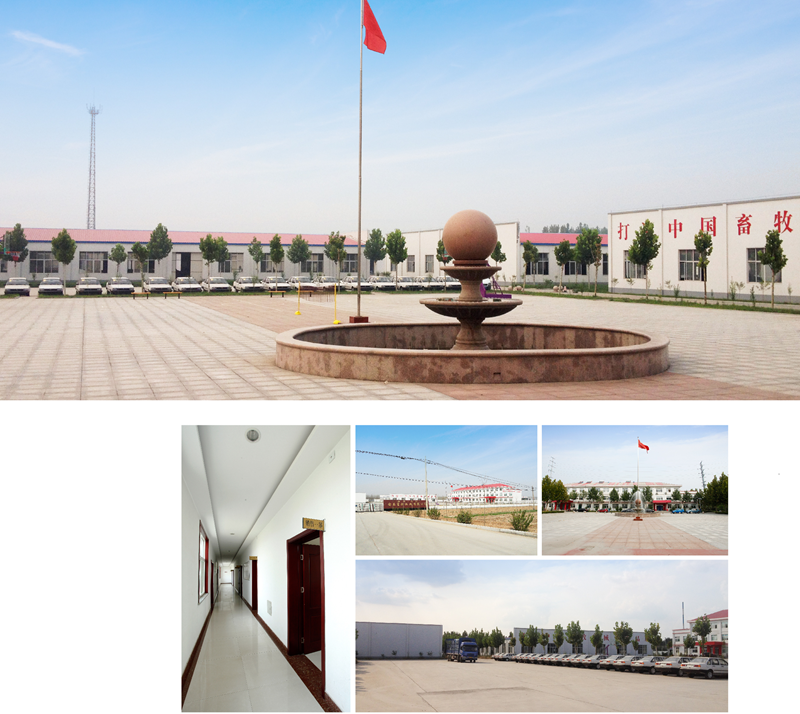
Shandong Huimin Qinle Livestock Machinery Co., Ltd. (formerly Shandong Huimin Qinle Livestock Machinery Factory) is a professional poultry equipment manufacturer with over 20 years of experience. We offer a comprehensive service package, from design (land and chicken coops), production (equipment and prefabricated steel coops), installation, commissioning, customer training, and after-sales service.
Located in Huimin County, Binzhou City, Shandong Province, China, the company has extensive experience in mechanical processing and manufacturing, as well as livestock machinery production and operation. With fixed assets of RMB 15 million, the company employs 160 people, including 30 R&D staff, and occupies a 40,000-square-meter factory. Equipped with over 110 pieces of advanced precision production equipment, including CNC machining centers and laser cutting machines, the company boasts a production capacity of RMB 50 million.
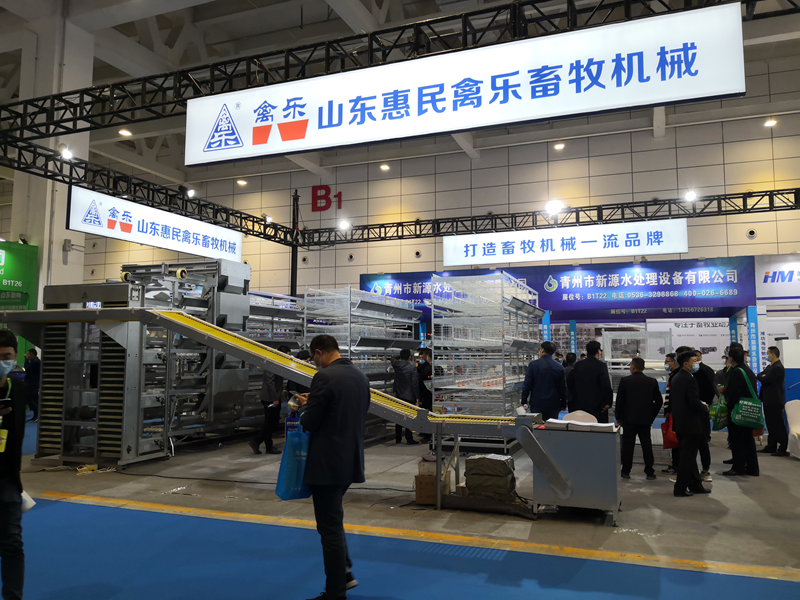


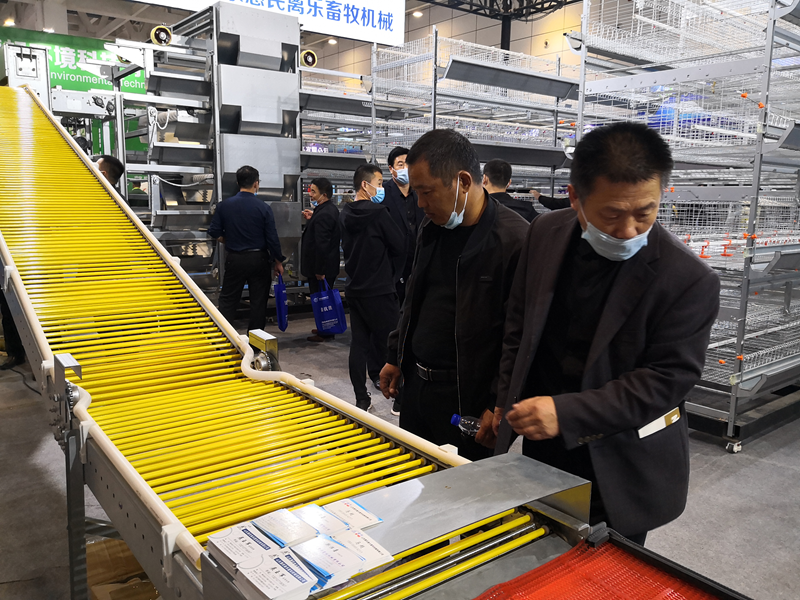
Chicken Farming Equipment Mesh Production Workshop

Machining Workshop

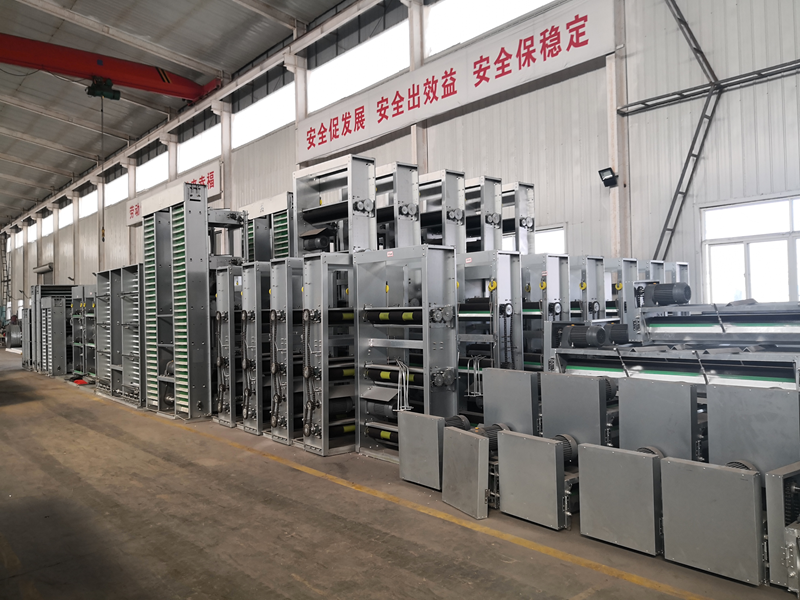
Turret-type CNC Punch Press, Laser Cutting and Other Machining Equipment



Fully Automated Roll Forming Production Line

Hot-dip Galvanizing Production Line

Electroplating Production Line

Environmental Protection Equipment

Chicken Farming Equipment Product Series
Egg-laying Hen Farming Equipment
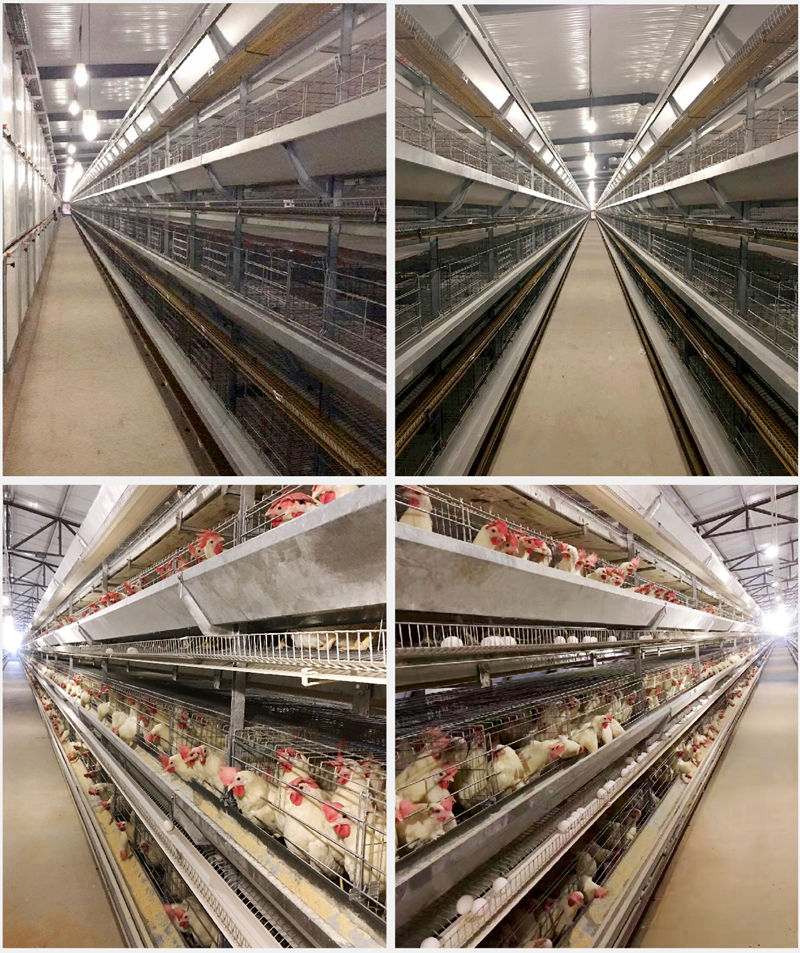
Stacked Brooding Cage Equipment

Stacked Broiler Cage Equipment
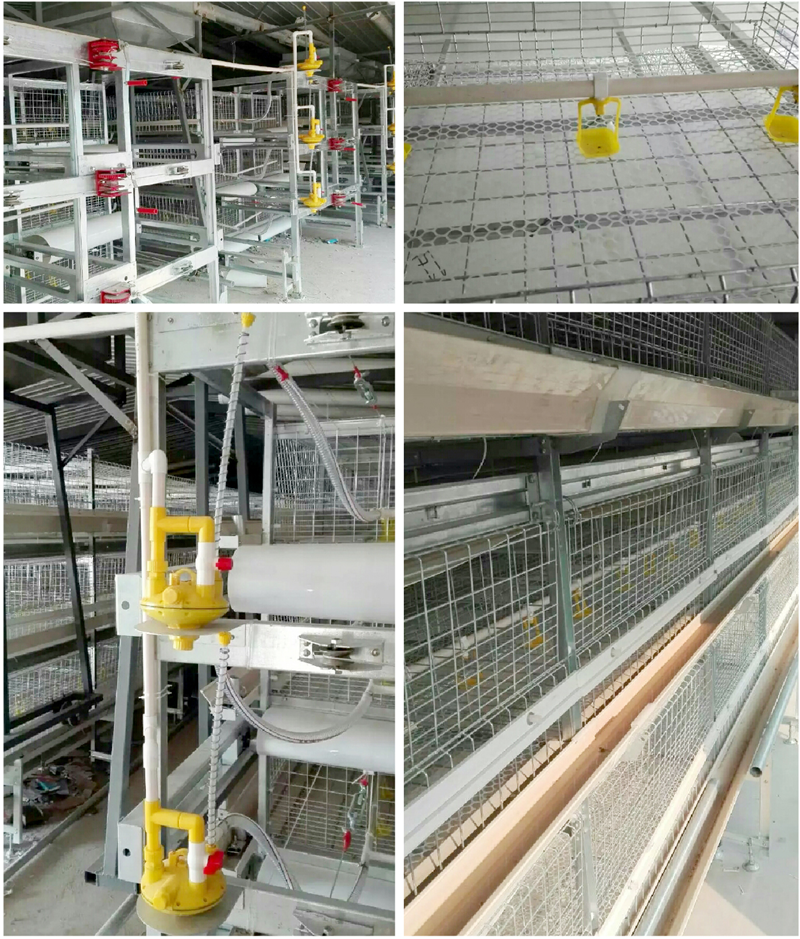
Stepped Layer Hen Cage Rearing Equipment
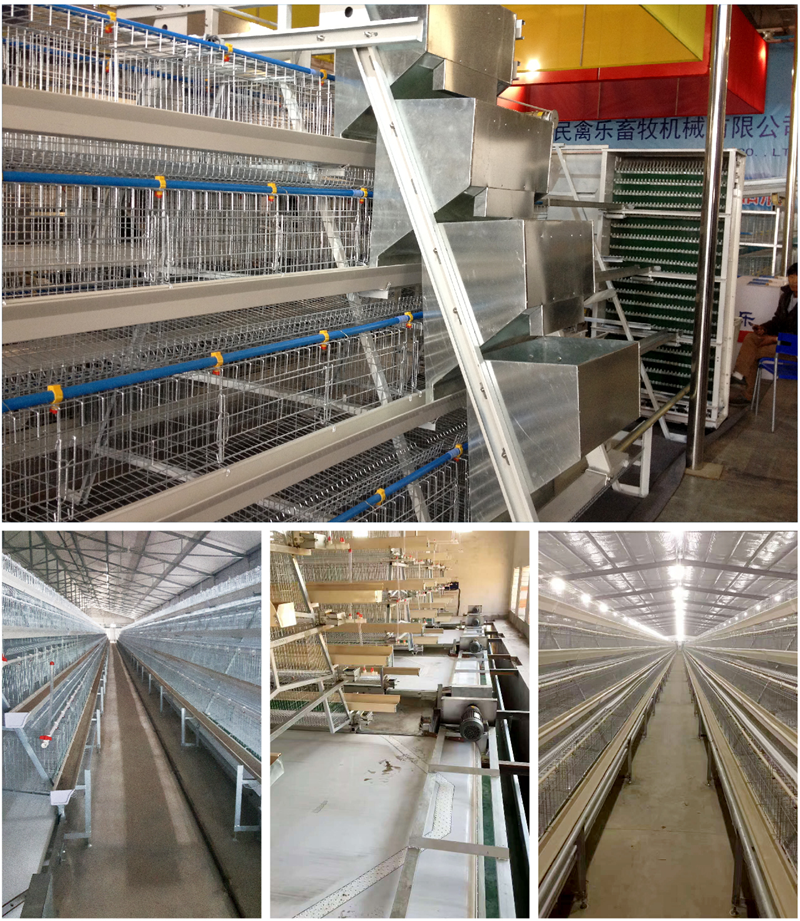
Automatic Egg Collection System

H-type Cage Feeding Machine
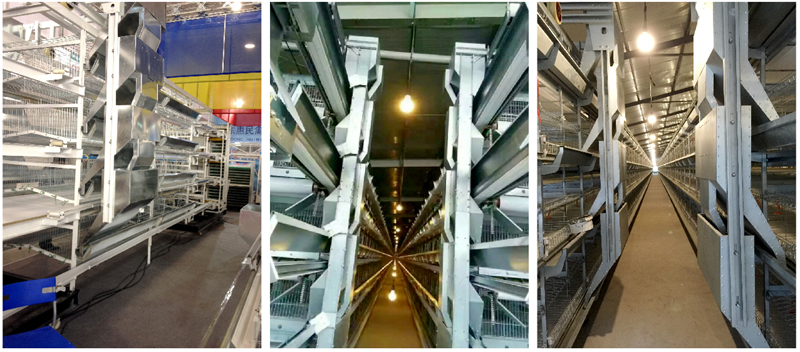
Stepped Cage Straddle Feeder
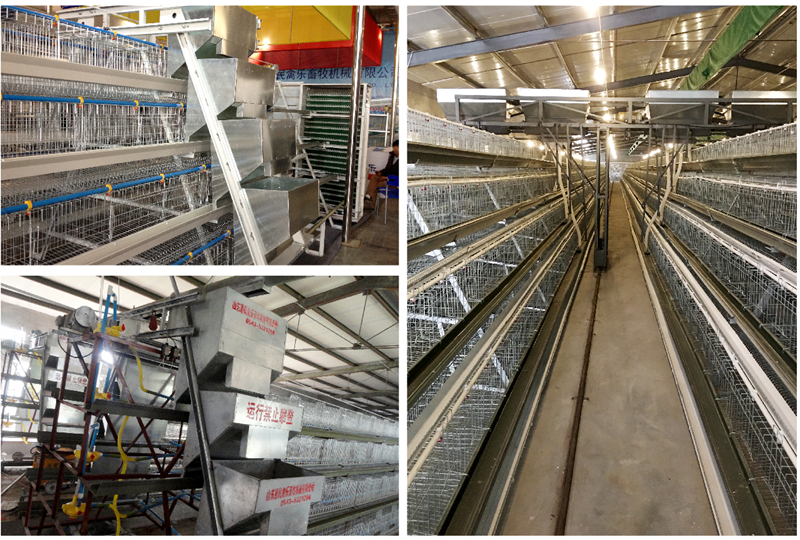
Manure Removal Machine

Fans, Heated Curtains, Environmental Control Systems, and Lighting Equipment
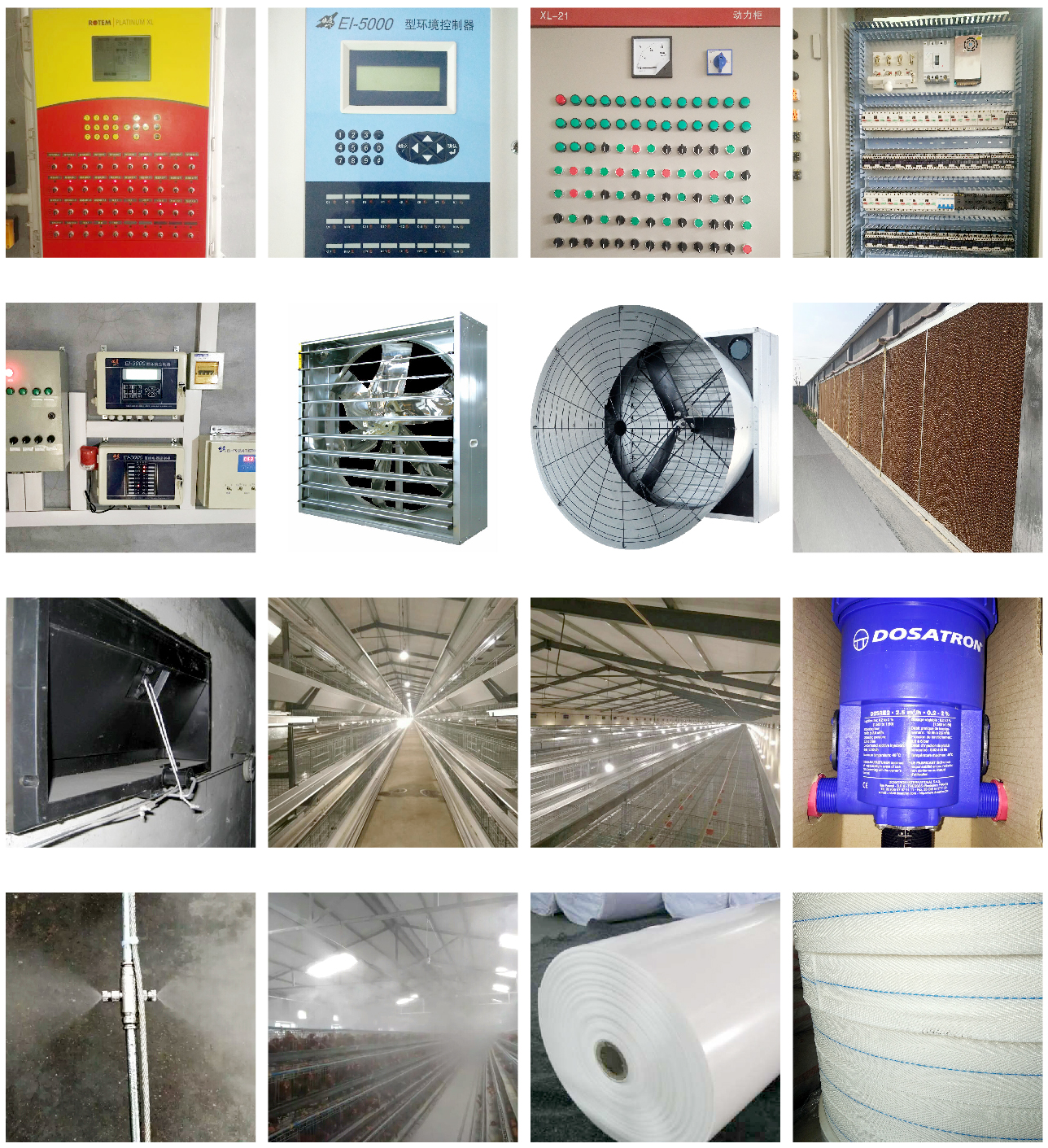
Complete Set of Equipment for Organic Fermentation Treatment of Manure


 Catalogue
Catalogue




































 واتس اب
واتس اب هاتف
هاتف